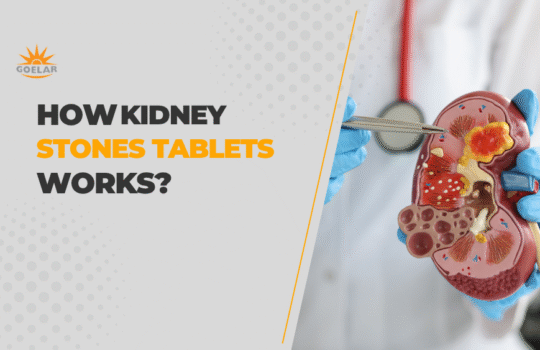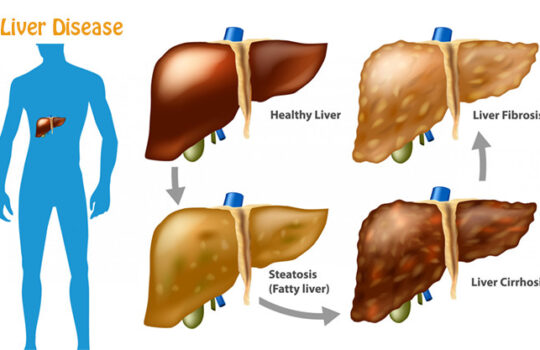Introduction
The liver is often called the body’s silent guardian, working tirelessly behind the scenes to filter toxins, regulate metabolism, and store vital nutrients. Unlike other organs, it rarely makes its distress immediately known. Recognising the subtle whispers of this remarkable organ can make all the difference between timely treatment and delayed diagnosis. This article explores the common early symptoms of liver problems, the skin and facial cues, differences in how they alter in women and men, and the red flags that demand immediate medical attention.
Common and Early Liver Problem Signs
Persistent Fatigue and Weakness
One of the earliest and commonly ignored signs of liver dysfunction is constant tiredness. This is not the ordinary tiredness after a hectic day, but a continuous exhaustion that one feels after sufficient rest. The liver’s reduced efficiency in processing nutrients and filtering toxins often leaves the body drained of energy. Patients sometimes describe it as a “heaviness of the body” or a fatigue that slows down vitality.
Nausea, Vomiting, and Loss of Appetite
Digestive discomfort is another clue that the liver may be struggling. Persistent nausea or unexplained vomiting is the body’s way of indicating that toxins are not being effectively eliminated or flushed. Along with these symptoms, loss of appetite is often accompanied by weight loss. One can easily take it as minor stomach troubles, but all of them could be due to a troubled liver.
Abdominal Pain or Swelling (Ascites)
The liver occupies the upper right side of the abdomen, and inflammation or scarring can cause a dull ache in this region. A condition known as ascites is observed in the advanced stage, showing accumulation of fluid in the abdomen. In severe conditions, this swelling might result in difficulty breathing.
Dark Urine and Pale Stool
Changes in the colour of urine and stools may be a sign of an unhealthy liver. Excess of bilirubin in the bloodstream might produce tea coloured urine and pale or clay coloured stools due to obstructed bile. These signs should not be ignored. Consult an expert if changes in urine colour and stool are observed.
Liver Problem Symptoms on Skin and Face (The Visual Clues)
The skin, often described as the mirror of internal health, reflects liver problems with striking clarity. The face and body offer unmistakable visual cues, making the skin one of the most revealing storytellers of liver distress.
Jaundice (Yellowing of the Skin and Eyes)
Perhaps the most classic sign of liver disease, jaundice, is hard to miss. The skin and the whites of the eyes turn yellow due to an accumulation of bilirubin, a pigment normally processed by the liver. Medical advice should be taken at this stage.
Intense Itching (Pruritus) with No Visible Rash
Bile salt deposition under the skin irritates the nerve endings. This results in relentless itching without an apparent skin rash. Itching gets worse at night, spoiling the quality of sleep and life.
Spider Angiomas (Spider Veins)
Spider angiomas are the tiny web-like blood vessels visible around the chest, face, or arms. This is observed due to a hormonal imbalance caused due to an ill liver.
Liver Problem Symptoms on Face (Puffiness, Rosacea, Dark Circles)
The face often reveals the early signs of a dysfunctional liver. Puffy features, chronic dark circles under the eyes, or redness resembling rosacea may be linked to liver issues. The skin may appear dull or lifeless, as the liver is unable to detoxify the toxins that have accumulated underneath the skin.
Easy Bruising or Bleeding
A healthy liver helps in blood clotting by producing the required proteins. When its function declines, clotting becomes impaired, resulting in easy bruising or bleeding even after minor injuries. Frequent nosebleeds or gums that bleed easily can also indicate poor liver health.
Liver Problem Symptoms in Women vs. Liver Problem Symptoms in Men
Liver does no discrimination, but the problems might manifest in different ways in men and women. In women, symptoms may overlap with hormonal fluctuations, making diagnosis more challenging. Irregular menstrual cycles, hair thinning, and unexplained weight changes are often observed. Women may also experience elevated fatigue due to anaemia linked with liver disease.
Whereas in men, the common problems are muscle loss, reduced body hair, and decreased libido. Prominent abdominal fluid accumulation is also seen in men.
When to Seek Medical Attention
Prompt medical help to be sought if persistent fatigue, yellowing of skin, abdominal swelling, or unexplained weight changes are seen. Early detection can prevent serious complications such as cirrhosis, liver failure, or even liver cancer. In particular, severe abdominal pain, vomiting blood, confusion, or drowsiness warrant urgent medical evaluation.
Conclusion
The liver always announces the illness by certain signs. From subtle fatigue to visible jaundice, from faint spider veins to profound swelling, each symptom is a message for urging medical attention. Seeking timely help, one can not only protect this important organ of the body but also ensure overall good health and longevity.
Frequently Asked Questions
What are common liver problem symptoms in women?
Irregular menstrual cycles, hair thinning, unexplained fatigue, and weight fluctuations. Puffy face, dark circles, and increased skin sensitivity are also common. Some women experience mood swings or digestive discomfort, which may overlap with hormonal changes. Recognising these signs early and consulting a doctor helps differentiate liver-related issues from other women’s health concerns.
What are common liver problem symptoms in men?
Men often experience loss of muscle mass, reduced body hair, erectile dysfunction, or low libido due to hormonal imbalances from liver dysfunction. Visible signs such as jaundice, abdominal swelling, and dark urine are also common. Easy bruising, fatigue, and digestive problems may accompany these changes, making it crucial to seek timely medical advice.
How do I know if I should see a doctor for liver problems?
If you notice persistent fatigue, yellowing of skin or eyes, sudden abdominal swelling, dark urine, or pale stools, it’s time to consult a doctor. Other warning signs include unexplained weight loss, frequent nosebleeds, or confusion. Severe abdominal pain, vomiting blood, or swelling in the legs and abdomen are urgent red flags needing immediate care.
Can lifestyle changes reverse early liver problems?
Lifestyle changes certainly help to resolve early liver problems. A balanced diet, reduction in alcohol consumption, maintaining a healthy weight, and regular exercise help in the restoration of liver health. Avoiding processed foods, ensuring hydration, and managing stress are also beneficial. However, advanced liver damage may require medical treatment beyond lifestyle measures.
How can I know if my liver is unhealthy?
Your body often sends subtle signs when the liver is unhealthy: chronic fatigue, digestive issues, loss of appetite, jaundice, or unexplained bruising. Skin changes like itching, dark circles, or puffiness may also occur. Blood tests such as liver function tests (LFTs) provide a clear diagnosis. Regular health check-ups are essential if risk factors exist.
Can liver problems cause hormonal changes?
The liver is involved in the metabolism of multiple hormones. When it becomes damaged, hormone metabolism is disrupted. In women, this may cause irregular menstrual cycles or hair thinning, while men may experience reduced libido or breast enlargement (gynecomastia).







